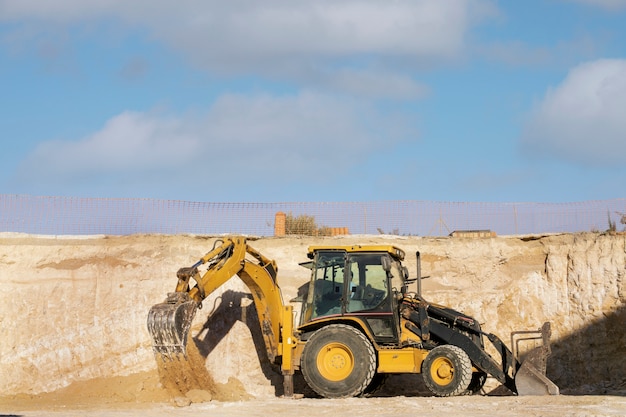Maintaining a gravel pathway is essential to ensure its longevity, aesthetics, and functionality. While gravel pathways are relatively low-maintenance compared to other paving concrete, they still require periodic care to prevent erosion, weed growth, and surface irregularities. Here’s a step-by-step guide on how to maintain a gravel pathway:
1. Regular Raking
Regularly rake the surface of the gravel pathway to redistribute the gravel evenly and fill in any depressions or ruts. Raking helps prevent uneven settling and promotes proper drainage by ensuring a consistent surface level.
2. Weed Control
Monitor the pathway for weed growth and remove any weeds or vegetation that emerge between the gravel. Pull out weeds by hand or use a hoe to loosen the soil and remove the roots. Applying a weed barrier fabric beneath the gravel can help prevent weed growth and minimize maintenance efforts.
3. Edge Maintenance
Maintain the edges of the gravel pathway by periodically trimming any grass or vegetation that encroaches onto the pathway. Use a sharp edging tool or a weed trimmer to create clean, defined edges along the sides of the pathway, enhancing its appearance and preventing overgrowth.
4. Address Drainage Issues
Inspect the pathway for any signs of poor drainage, such as standing water or erosion. Ensure that the pathway slopes away from structures and towards drainage outlets to prevent water buildup. Add additional gravel or adjust the slope as needed to improve drainage and prevent erosion.
5. Repair Potholes and Ruts
Address any potholes, ruts, or areas of unevenness in the gravel pathway promptly to prevent tripping hazards and further deterioration. Fill in potholes with additional gravel and compact the surface using a tamper or hand roller to create a smooth, level surface.
6. Add New Gravel as Needed
Over time, gravel pathways may lose material due to erosion, compaction, or displacement. Periodically add new gravel to replenish the pathway and maintain its thickness and coverage. Use the same type and size of gravel as the existing pathway to ensure uniformity and consistency.
7. Compact the Surface
After adding new gravel or making repairs, compact the surface of the pathway using a hand tamper or mechanical compactor. Compaction helps stabilize the gravel, reduce settling, and improve the pathway’s load-bearing capacity.
8. Apply Weed Killer (Optional)
If weed growth is persistent despite regular maintenance, consider applying a selective herbicide or weed killer to targeted areas of the pathway. Follow the manufacturer’s instructions carefully and avoid applying herbicides near desirable plants or water sources.
9. Consider Adding a Binding Agent
To further stabilize the gravel pathway and reduce maintenance requirements, consider adding a binding agent such as a stabilizing liquid or polymeric sand. These products help bind the gravel particles together, reducing erosion, dust, and weed growth while improving overall stability.
10. Regular Inspection
Perform regular inspections of the gravel pathway to identify any maintenance needs or issues that may arise. Addressing minor issues promptly can prevent larger problems and prolong the lifespan of the pathway.
By following these maintenance tips and staying proactive in caring for your gravel pathway, you can ensure that it remains attractive, functional, and safe for years to come. Regular upkeep will help preserve the integrity of the pathway and enhance the overall appearance of your outdoor space.
Related posts
Popular Posts


